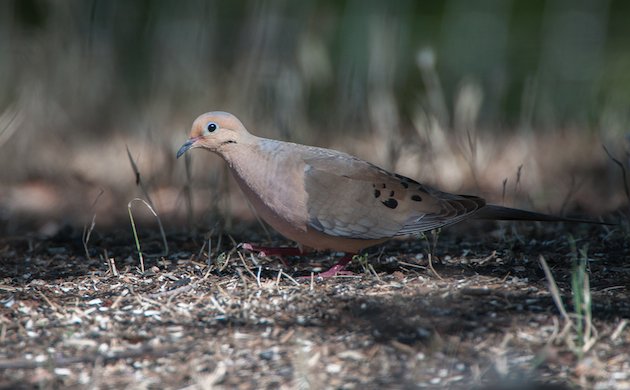
The Mourning Dove (Zenaida macroura) is among the most abundant and widespread terrestrial birds endemic to North and Middle America. Their habitats vary widely in both rural and urban landscapes; open habitats are preferred and the species generally shuns only extensively forested areas and wetlands1.
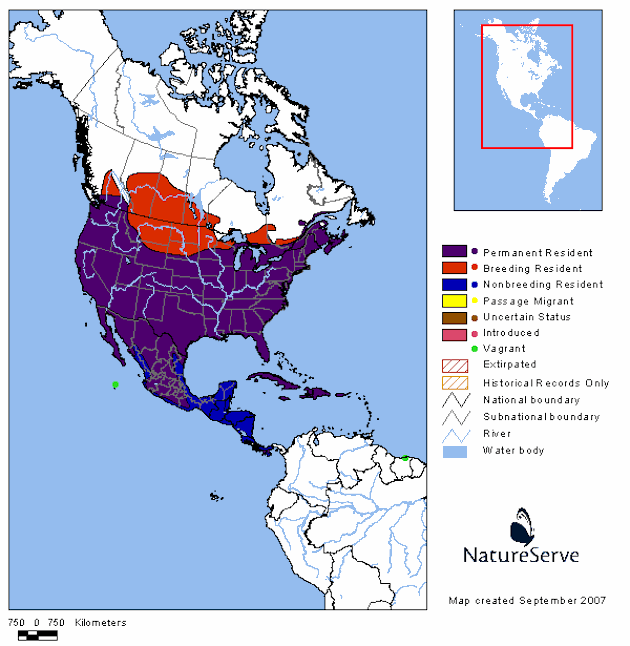
This gentle bird frequents bird feeders and readily nests almost anywhere. To show how adaptive this species is, the following photograph was sent to me by one of my readers and I use it with her permission. She found the nest under the windshield wiper of her vehicle that was parked in her garage. The nickel was placed in the nest for the photo to show me the size of the egg for identification purposes, then removed.
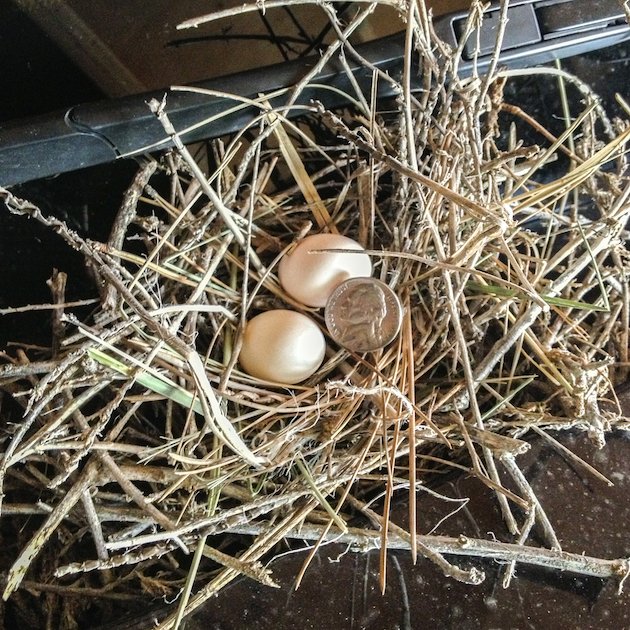
The Mourning Dove is a prolific breeder. Even though the female lays only two eggs per nest attempt, they enjoy a protracted breeding season in which multiple nesting attempts can occur every 30 days, and in Southern locations, nearly year round. Their U.S. population has been estimated to be approximately 350 million2. Click on photos for full sized images.
It’s a good thing too, because it is the leading gamebird in North America in terms of total harvest and the widespread distribution of hunting effort. Approximately one million hunters annually harvest more than 20 million Mourning Doves, which exceeds the annual harvest of all other migratory game birds combined3.
A seemingly rather peaceful bird, it gets its name from its easily identifiable mournful call. In this audio you will hear one song followed by the whistling wing sound the bird makes when it takes off, possibly having value as an alarm communication.
Another interesting fact you may not have known about the Mourning Dove is that unlike most song birds that have to lift and tilt their heads back to drink, the Mourning Dove simply sucks the water up and swallows.
Due to the fact that so many of these beautiful birds are “harvested” by gamebird hunters, I think it important to note that there is still an environmental issue of hunters using lead shot. Because ingestion of spent lead shot has been documented to cause acute health problems in wildlife (most notably death), use of lead shot has been increasingly restricted over the past few decades. Use of non-toxic shot when hunting waterfowl has been mandatory, nationwide, since 1991.
On federal wildlife refuges and many states’ wildlife management areas, non-toxic shot is required when hunting all game birds. A recent study of a multiyear, peer-reviewed research project, conducted in Texas, indicate dove hunters using shotshells loaded with lead pellets enjoy no advantage in effectiveness over those using shotshells firing non-toxic steel pellets of similar or slightly larger size.
With all the research that has been done on lead vs non-lead bullets, there is no reason for ANYONE to use lead when hunting.
httpv://youtu.be/44fNo6B5gUI
As George Fenwick, president of American Bird Conservancy stated, “If non-lead ammunition is good enough for the U.S. military, with all their ballistics and performance testing, it should be good enough for hunters.”
Benefits of non-lead ammunition:
- Less prone to fragmenting as it is harder than traditional lead.
- Eliminates bullet fragments in the wound channel as it forms a”mushroom” or peels back upon impact.
- Delivers devastating hydrostatic energy and shock to a game animal.
- Yields more high quality meat as it retains 95-100% of the original bullet weight.
- Reduces the risk of harming other wildlife, particularly Eagles and Condors, from getting sick and dying from lead consumption.
More links to information on the laws and benefits of using non-lead ammo:
California Department of Fish and Wildlife, New York State Department of Environmental Conservation, The Peregrine Fund, Cabela’s
References:1Birds of North America Online, 2Droege, S. and J. R. Sauer. 1990. North American breeding bird survey annual summary 1989, 3US Fish & Wildlife Service


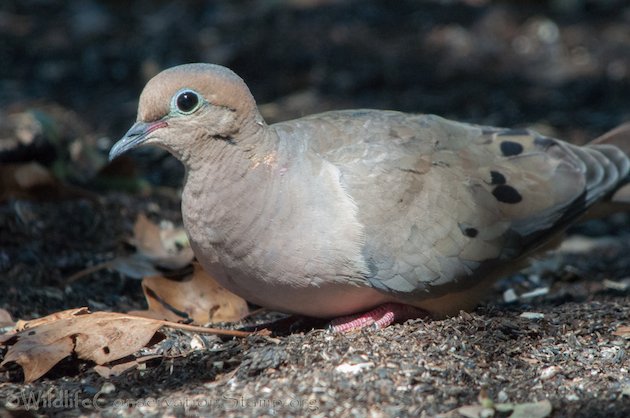
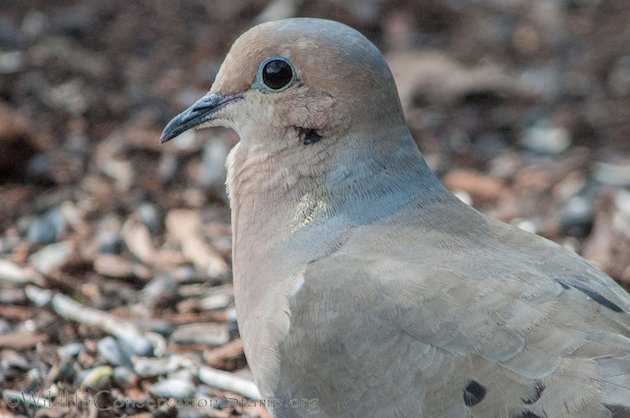
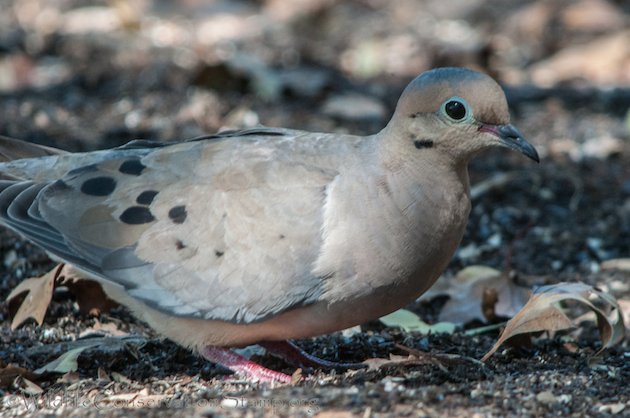
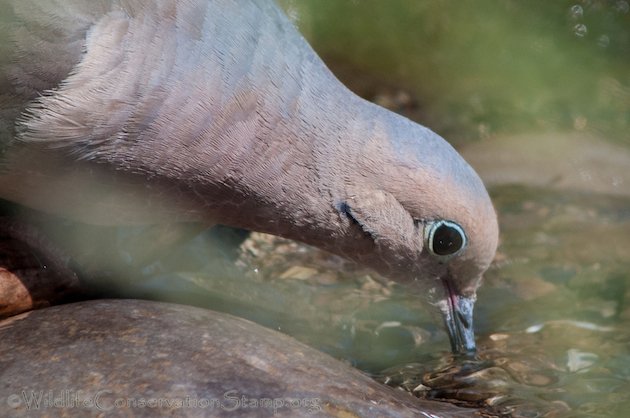
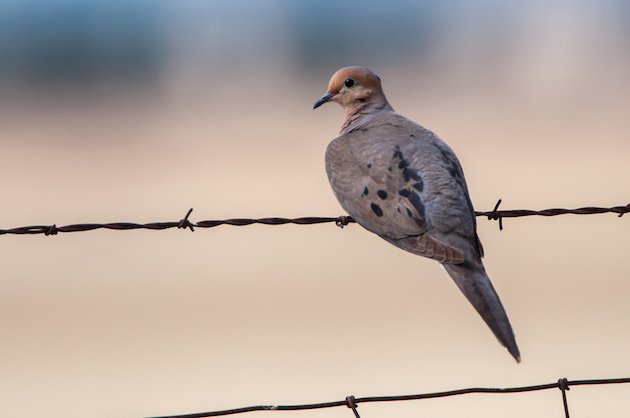











Leave a Comment